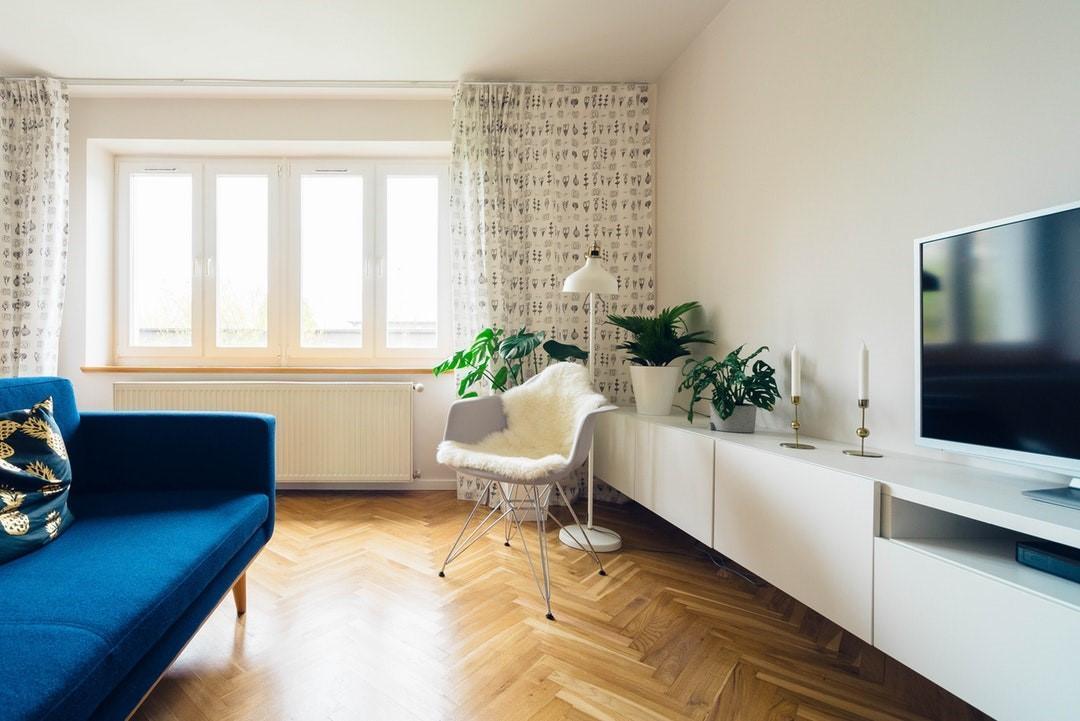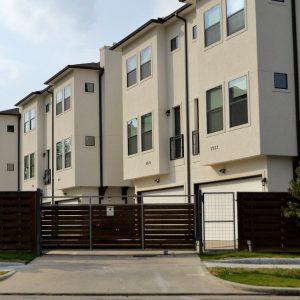Table of Contents
Are you thinking about buying an investment property? Wondering if you should buy a single-family home or a multi-family home?
If you’re thinking about making a real estate purchase, you need to consider your different options carefully. Single-family homes VS multi-family homes can both be good choices for an investor, but they each have their pros and cons.
In this article, we’ll help you settle the single-family homes VS multi-family homes debate and decide which one is right for you.
Pros and cons of single-family homes
Single-family homes are a popular option for investors, but they’re not without their drawbacks. Here’s what you should know about buying a single-family home.
Pro: Lower costs
One of the advantages of buying single-family homes is that they’re much more affordable than multi-family properties. Down payments will be smaller and there are typically better financing options to make use of.
On top of this, taxes, insurance, and maintenance will usually wind up being cheaper for a single-family home as well.
Pro: Higher quality tenants
One of the benefits of investing in single-family homes is that it’s usually easier to attract high-quality tenants. Tenants of single-family homes are often families or are otherwise in a more stable place in their lives.
These tenants are often happy to settle down in the same place for a long time. Because of this, they’ll likely be happy to sign a multi-year lease, particularly if the home is located in a good school district and a nice neighborhood.
Pro: Better short-term appreciation
One of the benefits of investing in a single-family home is that doing so tends to offer a better exit strategy than investing in multi-family properties.
Single-family homes will appreciate more quickly and can be sold for a profit without holding them for a very long time. This means that it can be a better short-term investment than a multi-family property might be.
Con: Vacancy issues
One of the negatives of investing in single-family homes is that dealing with vacancies can be a bigger problem than with multi-family properties. If there is a vacancy, you’ll lose the entirety of your rental income rather than just a part of it, like with a multi-family home.
If there is a long span of vacancy in the single-family home, this can be problematic.
Con: Reduced cash flow
Another negative aspect of owning single-family homes as investment property is that you’ll get less income overall. The cash flow will be much lower than with multi-family properties and you’ll only collect one payment from tenants each month.
This means that investing in a single-family home may be less profitable than if you were to invest in a multi-family home instead.
Pros and cons of multi-family homes
For some investors, a multi-family home is a much more suitable choice. Here are some of the main pros and cons of investing in multi-family properties.
Pro: Mortgage-free living options
One of the advantages of investing in a multi-family home is that you’ll have the option of living in the property yourself while also collecting rent from tenants. This may allow you to pay off the entirety of your mortgage while being able to live completely rent and mortgage-free.
The income you collect from other tenants in your multi-family home will be helpful and having a place to stay of your own can be convenient as well.
Pro: Better long-term appreciation
While single-family homes may appreciate more in the short term, multi-family homes can be a great choice for long-term appreciation.
If you hold on to a multi-family property for quite a while and rents continue to increase year after year, the value of your multifamily property will increase significantly. You’ll be able to make a nice profit once you do decide to sell.
Pro: Increased income stability
While a single-family home will have only one tenant at a time, multi-family properties can have multiple tenants. This means that you’ll collect more than one payment each month.
If you lose a tenant or have a vacancy, you’ll still have quite a bit of money coming in. If you find a great multi-family home for sale when investing, you’ll have a more stable income stream and a higher monthly cash flow.
Con: Higher initial costs
One of the negatives of owning a multi-family property is that many costs will be higher. There are often fewer ways to reduce a down payment when buying a multi-family home and the property itself will cost more than a single-family home as well. On top of this, property taxes, insurance rates, and other costs can be higher as well.
While you may have more rental income and cash flow to cover various costs, these can be more difficult to handle if you’re not prepared.
Con: More tenant turnover
One of the disadvantages of investing in multi-family homes is that a higher turnover can usually be expected. People who are in transition are more likely to live in a multi-family property rather than in a single-family one. Single-family homes, on the other hand, tend to attract families and people who are more settled.
When investing in a multi-family property, expect that you’ll need to do more work when it comes to finding tenants and ensuring that there is less vacancy.
Con: Selling can sometimes be difficult
As mentioned above, single-family homes tend to appreciate faster. On top of this, multi-family properties are also usually more difficult to sell.
While single-family homes are based more on property value, multi-family properties are usually valued based on their rental income. Finding a great investor to buy a multi-family property can sometimes be difficult to find, however.
Deciding whether to invest in single-family homes VS multi-family homes
If you want to make a great investment decision, you should consider the single-family homes VS multi-family homes debate carefully. Although there is no clear-cut answer, the type of buyer you are will help you determine which one you should choose.
Looking for more home purchasing tips? Browse our blog now to discover more useful real estate advice and guidance.





